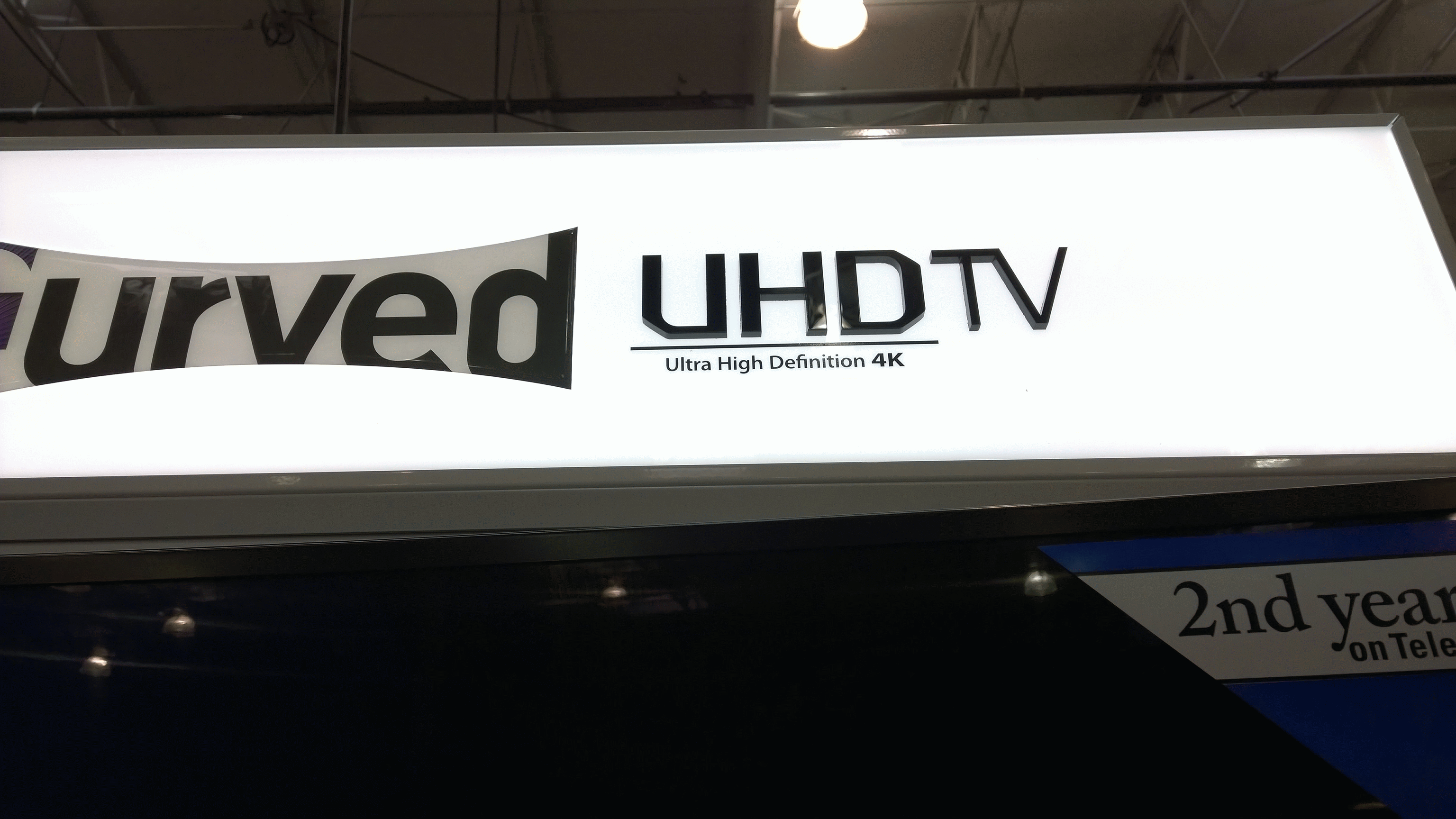What 4K really means

In class last Friday, I showed you the website for Samsara, a movie that has been converted from 70mm film to 8K (it has another homepage here), which is the most practical way of achieving 8K. I haven’t yet seen it, but I have seen its prequel, Baraka, and it is magnificent. There was even a 1983 prequel to Baraka titled Koyaanisqatsi, and it was glorious as well. The trailer for Samsara is below.
https://www.youtube.com/watch?v=P0xVp3N-M84
Movie aside, this gives me a good opportunity to talk about 4K, what it is, what it isn’t, and whether we should all just wait for 8K.
We shouldn’t wait for 8K, however there are 8K cameras already. There’s even an 18K camera! But for us in the real world, 4K is what we’re dealing with now.
The problem is, the tech industry is rife with numbers and letters designating everything. Telling one model or standard from another can be confusing because of the seemingly-but-not-really arbitrary numbering and coding systems used, whether talking about processor sockets or graphics cards. And now we have to deal with 4K.
The big problem is that many companies manufacturing 4K TVs are using the term ‘UHD’ along with it. The problem is, true 4K and UHD are different things, and one TV can’t be both (well, it can, but it’s not). Here’s how it works:
True 4K is a cinema/production standard, with a resolution of 4096 X 2160, which, sensibly, is double what HD represents today (1080p). It makes sense, because if you remember our discussion of binary, we went out to 8 bits for a value of 128, however if we kept multiplying out we would have arrived at 4096, a value that is a perfect fit for binary.
However, UHD is a home/broadcast standard, with a resolution of 3840 X 2160, and as you can see the resolution is less than true 4K. This also happens to be the standard for every 4K TV out there, there is no such thing as a true 4K TV. Therefore, if you were watching a true 4K signal on a UHD TV, it would either shrink the image to fit, or some portion of the sides of the image would be cut off. If the image were shrunk there would be noticeable distortion since the vertical resolution remains the same, whereas the horizontal resolution is lower.
The image above is from a display at Costco, and as you now know it can’t be both. Lately I have seen some TVs advertised as UHD with the ‘4K’ moniker removed which is a step in the right direction. If y9ou are going to buy a 4K TV, be aware of the distinction and decide accordingly.


